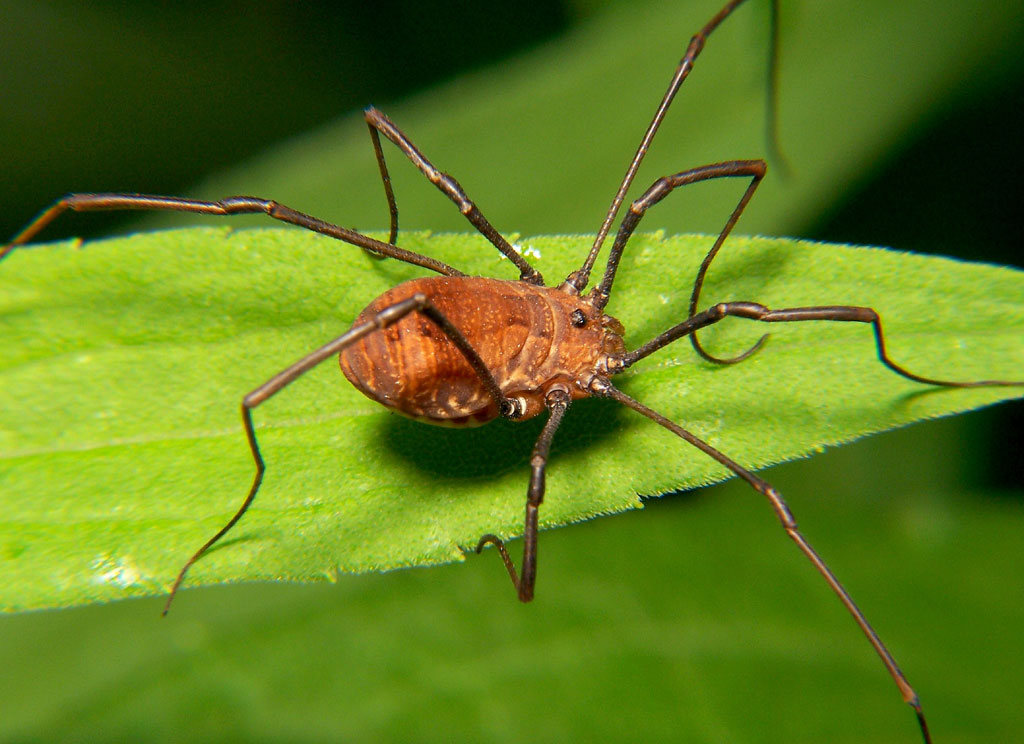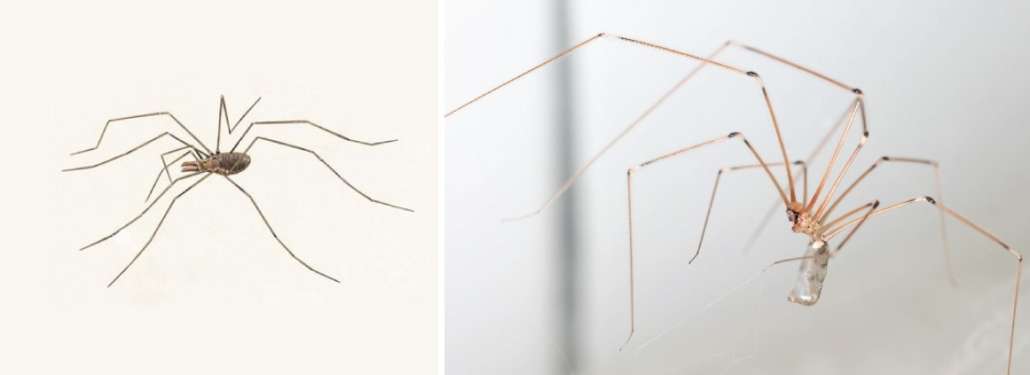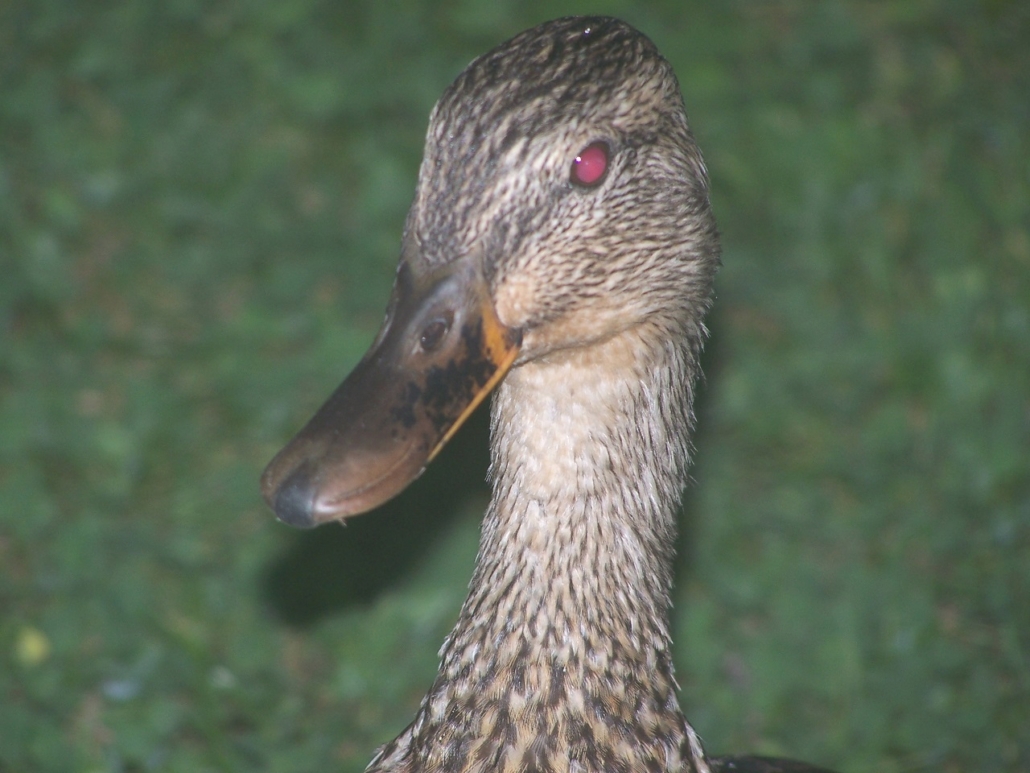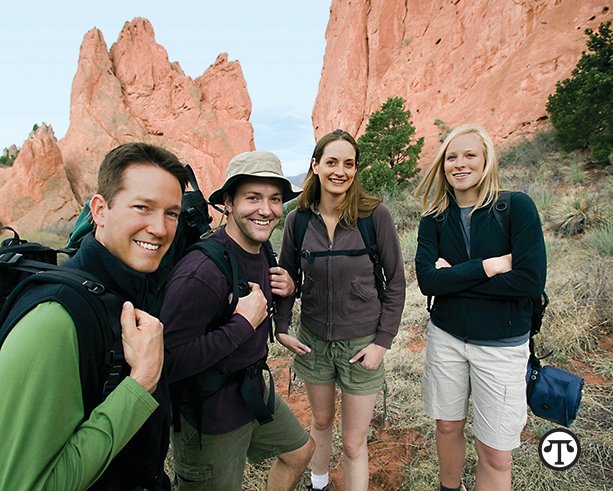FOR YOUR HEALTH: Senior services that make aging in place possible
 It’s no secret that growing older comes with certain challenges. For many seniors, old age can make taken-for-granted tasks much more difficult than they used to be. This makes it hard or impossible for seniors to age in place without a helping hand (or two, or three).
It’s no secret that growing older comes with certain challenges. For many seniors, old age can make taken-for-granted tasks much more difficult than they used to be. This makes it hard or impossible for seniors to age in place without a helping hand (or two, or three).
In surveys, more than 80% of seniors state they wish to live at home as long as they are able to. Senior services, such as home care, senior transportation, meal services, and others, can make this possible. If you have an elderly loved one who is starting to struggle with aging in place, here are a few of the senior services you might want to consider to help make life at home more livable for your mom or dad.
Senior Home Care
Home care is perhaps the most popular senior service for aging in place. Designed for seniors who need physical assistance, specialized care, or companionship during the week, senior home care offers a wide range of advantages to seniors. Senior home care providers can help seniors with daily activities like dressing and grooming, assist with everyday errands, provide light housekeeping and homemaking assistance, and monitor seniors to keep them safe.
Senior Transportation
As we grow older, getting from point A to point B becomes increasingly difficult. Many seniors lose their licenses due to declining physical and/or cognitive performance. Others struggle with walking and general mobility, making it difficult to get out of the house. Senior transportation services — whether provided by local public transportation, taxi services, non-profits, or senior home care companies — can help seniors get around town despite mobility difficulties.
Meal Delivery: If a senior doesn’t have a home care worker or family member to prepare their meals, then a meal delivery service can be a great help. There are a number of non-profit meal delivery services that ensure seniors receive healthy and nutritious lunches and dinners throughout the week. These services make a big difference for seniors who find it difficult to shop for groceries or prepare meals on their own.
Maid Services: Physical impairments can make it difficult for seniors to maintain a clean and healthy home. While senior home care providers will often provide light housekeeping assistance, a maid service can provide a deeper clean. This not only makes seniors’ homes more attractive and comfortable, but also improves their health and hygiene, helping limit dangerous bacteria, airborne irritants, and mold growth.
Handyman Services: When things need to be fixed or installed around the home, it can be dangerous for seniors to perform the work on their own. Even changing a lightbulb or fixing a leak can be difficult or dangerous. When seniors have a handyman service they can call on, simple fixes are much easier, much less stressful, and much less dangerous for seniors.
Senior Technology Services
Studies have shown that social media and other technologies can help seniors avoid feelings of social isolation. But many seniors struggle to use these technologies without outside help. To help seniors manage these technologies, many companies offer in-home support to seniors who wish to use the internet, social media, and video chat technologies.
Lawn & Landscaping Services
Just as it can be difficult for seniors to maintain the inside of their home on their own, it can also be difficult to keep their lawn and garden in good shape. Hiring a lawn or landscaping service allows seniors to keep their property’s plant life healthy and attractive, without all of the outdoor labor these activities usually require.
Senior Exercise
There are a number of exercise classes and even personal trainers whose services are specifically dedicated to elderly exercise. These services are designed to reduce the risk of strain or injury for seniors, while giving seniors the activity they need to maintain muscle mass, prevent bone loss, and improve cardiovascular health.
If you have an elderly loved one who is in need of senior services, we invite you to contact your local Visiting Angels. Our senior home care services offer a wide range of benefits to seniors, and can include personal care and companionship care, along with specialized services such as Alzheimer’s care, errand assistance, and help with social media technologies.
Contact your local Visiting Angels office today to learn more about senior services offered in your area.



















